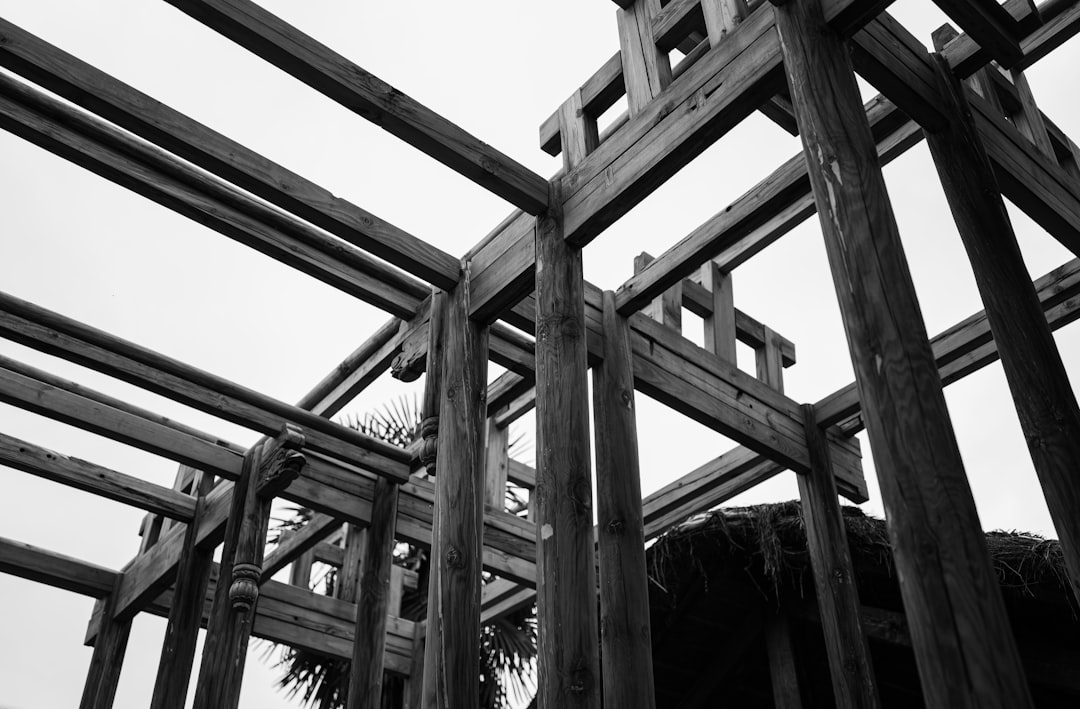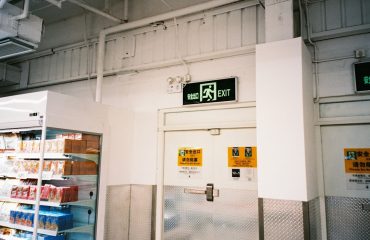Structural steel has long been a cornerstone of modern construction, and for good reason. Its versatility, strength, and efficiency make it a preferred material for architects and engineers worldwide. This comprehensive guide delves into the compelling benefits of using structural steel, highlighting why it remains a top choice for a wide range of projects, from skyscrapers to bridges and industrial facilities.
Unmatched Strength and Durability: The Foundation of Resilience
Perhaps the most obvious benefit of structural steel is its exceptional strength-to-weight ratio. Steel possesses a remarkable ability to withstand significant loads and stresses, making it ideal for supporting heavy structures and resisting extreme weather conditions. This inherent strength translates into durable buildings that can withstand the test of time, requiring less maintenance and offering a longer lifespan compared to other materials. Furthermore, steel’s resilience against seismic activity and high winds makes it a crucial component in earthquake-prone regions and areas susceptible to hurricanes or typhoons. The ability to withstand these extreme forces makes structural steel a safer and more reliable building material.
Versatility and Design Flexibility: Shaping Architectural Visions
Steel’s versatility is another key advantage. Its malleability allows for intricate designs and complex shapes, offering architects unparalleled freedom of expression. Unlike concrete or timber, steel can be easily fabricated into various profiles, including beams, columns, and trusses, accommodating a vast array of architectural styles and functional requirements. This flexibility extends to the construction process itself. Steel structures can be prefabricated off-site, significantly reducing on-site construction time and minimizing disruptions. This prefabrication also allows for greater precision and quality control, leading to faster project completion and reduced overall costs.
Cost-Effectiveness and Efficiency: Optimizing Construction Budgets
While the initial cost of steel may seem higher than some materials, its overall cost-effectiveness becomes apparent when considering the entire lifecycle of a building. The speed of construction, reduced labor costs due to prefabrication, and the long lifespan of steel structures contribute to significant long-term savings. Moreover, the efficiency of steel construction minimizes material waste, contributing to a more sustainable and environmentally responsible approach. The reduced construction time also translates to faster project completion, allowing for quicker occupancy and faster return on investment.
Sustainability and Environmental Responsibility: Building a Greener Future
Contrary to common misconceptions, structural steel is a remarkably sustainable material. Steel is 100% recyclable, and the recycling process consumes significantly less energy than producing virgin steel. This inherent recyclability contributes to a circular economy, minimizing the environmental impact of construction. Furthermore, advancements in steel production are continuously improving its environmental profile, with a focus on reducing carbon emissions and promoting sustainable manufacturing practices. Steel structures also contribute to energy-efficient buildings through their ability to incorporate advanced insulation techniques and design features.
Ease of Fabrication and Installation: Streamlining the Construction Process
Steel’s ease of fabrication and installation is a significant benefit that contributes to faster project completion and reduced labor costs. The precise and repeatable nature of steel fabrication allows for pre-engineered components to be manufactured off-site, reducing on-site work and improving overall efficiency. The use of standardized connections and readily available tools further simplifies the installation process, minimizing the need for specialized labor and accelerating project timelines. This efficiency translates to cost savings and a more streamlined construction process, leading to faster project delivery and quicker occupancy.
In conclusion, the benefits of structural steel are undeniable. From its unparalleled strength and durability to its versatility, cost-effectiveness, and sustainability, steel remains a superior choice for a wide range of construction projects. Its ability to shape architectural visions, streamline construction processes, and contribute to a greener future solidifies its position as a leading material in the construction industry for years to come.
SEO-Friendly Tags:
- Structural Steel
- Steel Construction
- Steel Building Materials
- Sustainable Steel Construction
- Benefits of Structural Steel




